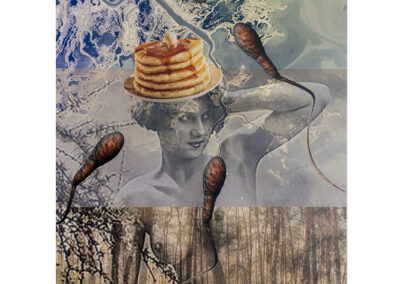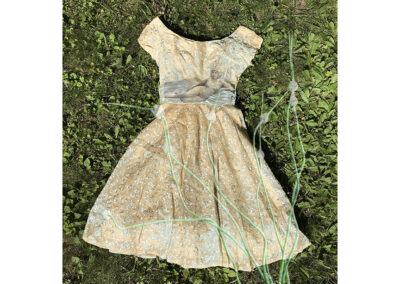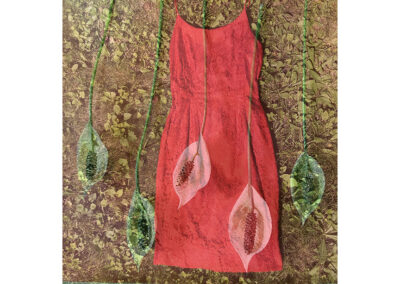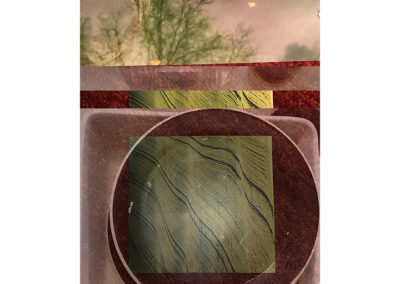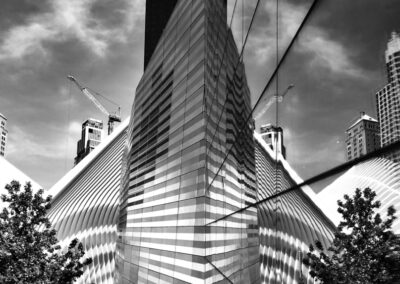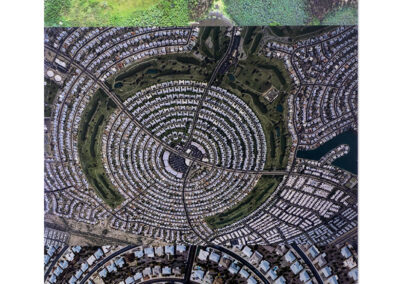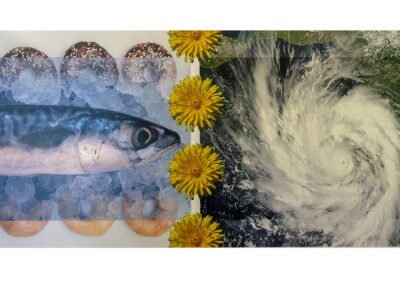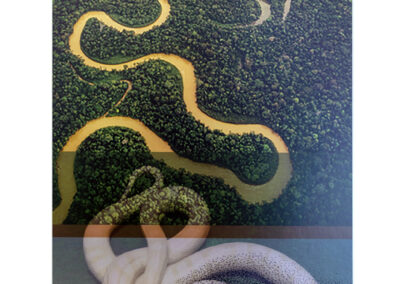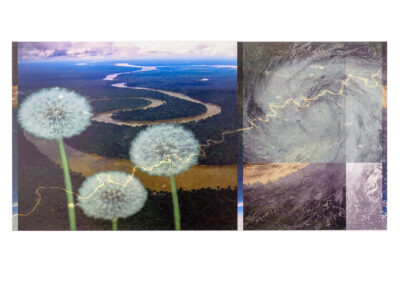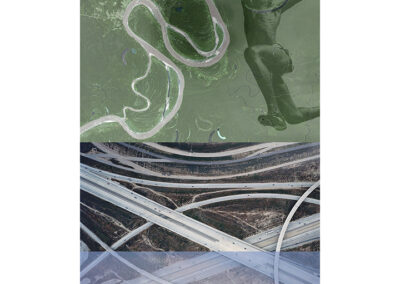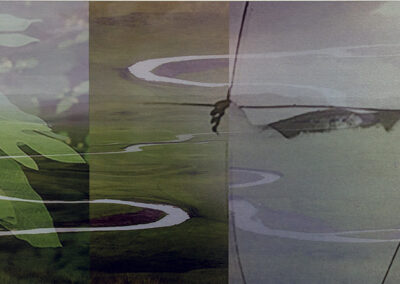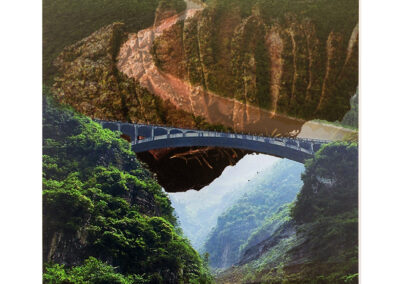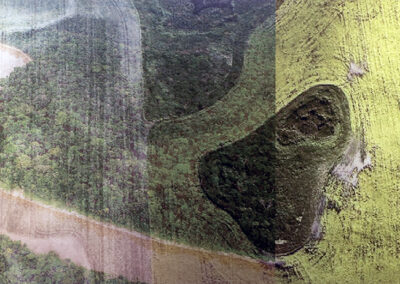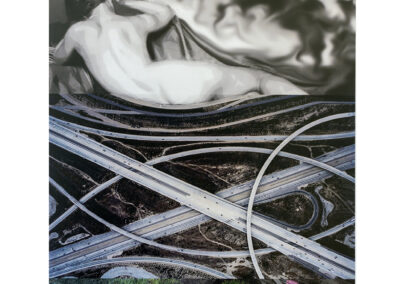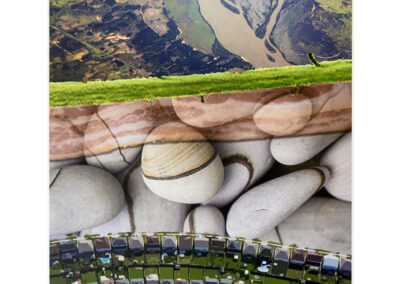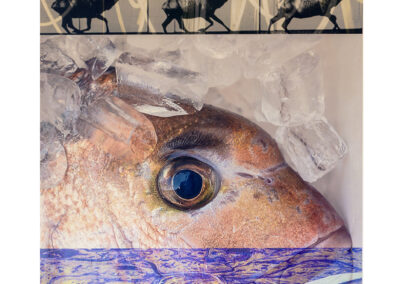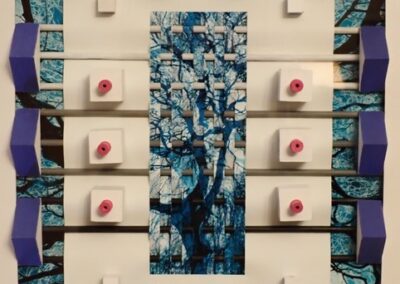Synergy: Insight to Image
The works of Lisa Gordon Cameron and Larry McCandlish

Larry McCandlish “Green Reflection” digital image print, ink dye on matte cotton paper 19.5”W x13.5”H, 2019, $400.00
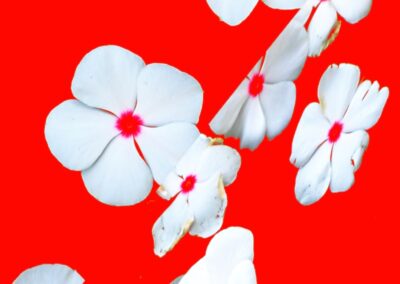
Larry McCandlish “Periwinkle” digital image, ink dye on matte cotton paper on canvas 17.5”W x 21.5”H, 2022, $400.00
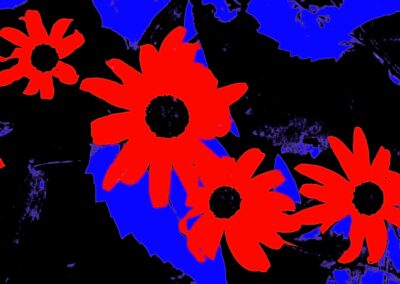
Larry McCandlish “Rudbeckia” digital image print, ink dye on matte cotton paper 21.5”W x 14.5”H, 2022, $450.00
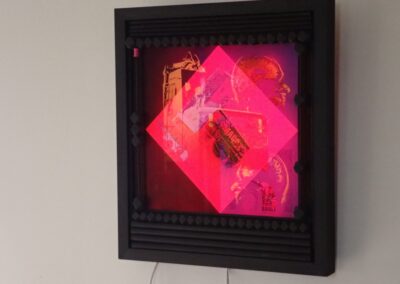
Larry McCandlish “Two Views” ink dye on matte cotton paper w/dynamic back illumination in decorated wood box 14”W x 16”H x 2” D, 2023, $600.00
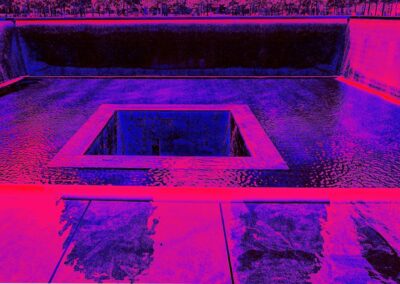
Larry McCandlish “Pool of Sorrows – North Tower” ink dye on matte cotton paper 20.5”W x 14.5”H, 2019, $400.00
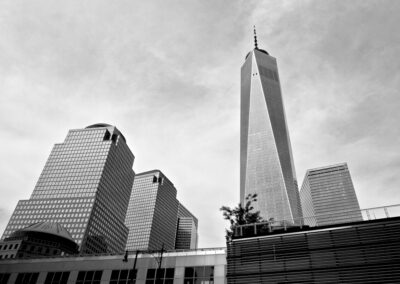
Larry McCandlish “Fortress NYC” digital image print on matte cotton paper, 21.5”W x 14.5”H, 2019, $400.00
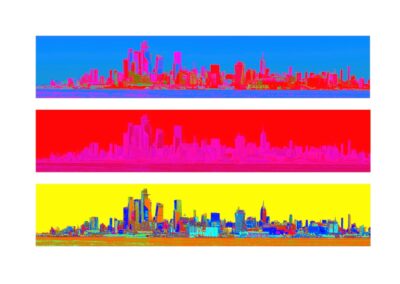
Larry McCandlish “Triple Manhattan” digital image print, ink dye, matte cotton paper, with LED lamp above 19.75”W x 13.75”H, 2023, $400.00
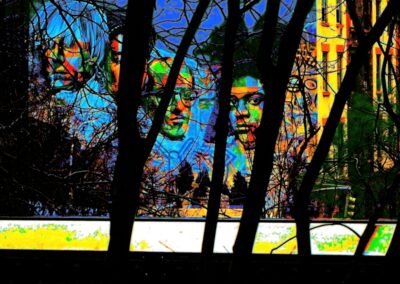
Larry McCandlish “Basquiat and Friends” (From the Highline)” digital image print, ink dye on matte cotton paper, on cotton canvas 17.25”W x 21.25”H, 2022, $400.00
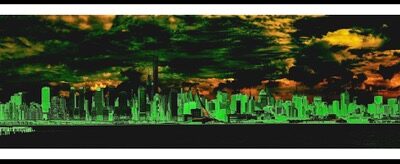
Larry McCandlish “After The Greening of NYC” digital image print, ink pigment on matte cotton paper, 59.25”W x 15.25”H, 2022, $1,200.00
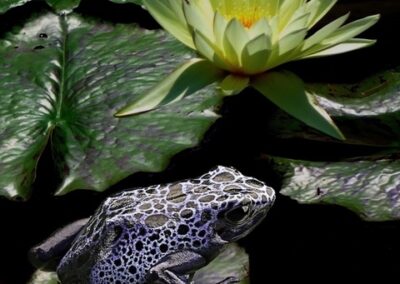
Larry McCandlish “Bug Meets Frog” digital image print, ink dye on matte cotton paper on painted canvas, 17.5”W x 21.5”H, 2023, $400.00
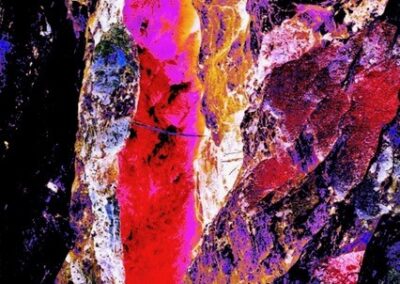
Larry McCandlish “Slot Canyon” digital image print, ink dye on matte cotton paper on canvas panel, 17.25”W x 21.25”H, 2023, $400.00
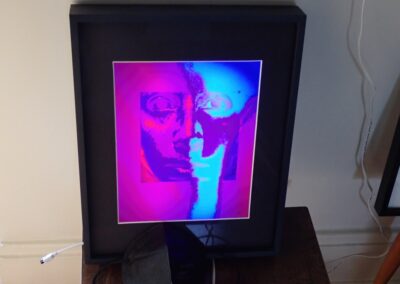
Larry McCandlish “Unmasked II (with mask)” digital image print, ink dye on luster paper w/dynamic back illumination 11.5”W x 14.5”H x 2.25” D, 2023, $600.00
Hamilton Street Gallery is happy to welcome Lisa Gordon Cameron and Larry McCandlish, two artists who use digital photography and collage to navigate the ever evolving post industrial landscape. Lisa’s terrestrial collages are limited edition prints layered with details and are cast with subtle shades and textures, while intense color radiates throughout many of Larry’s original compositions, some which include viewer participation.
Both artists use thoughtfully selective materials in regard to subject matter, integrating vestiges of time and space, reflections of the human condition and the beauty and destruction of the natural world.
Although the genuine strength of these creations focus on the present here and now, they also reveal a positive potential for the future.
LISA GORDON CAMERON
Artist Statement:
I am an artist and landscape architect. I use both perspectives to create works in digital photography, painting, and collage that reflect on the human relationship with the earth.
My recent work has largely evolved through contemplating the urban wilderness – those leftover bits of the natural world that have somehow survived the onslaught of concrete and asphalt. The places where plants and animals eke out a living alongside oil tanks and mountains of shipping containers. And where greenery slowly overtakes crumbling factories – like lost cities in the jungle.
I work primarily from digital images, which I use as reference material for paintings, as finished prints, and as the basis for collages composed in Photoshop. I use my own photographs as well as found, borrowed, and gifted images.
I favor earth colors – blue, green, and brown predominate. The process of assembling and editing is intuitive; I look for synergies, rhythms, and connections through both formal elements and content. I use color, line and texture to unite what might seem like odd or disparate juxtapositions.
The themes of growth, death, renewal, and the human body are the constant currents of my work. In the broadest sense, I’m riffing on what it feels like to be a human on earth – contemplating mortality and the nature of being.
Larry McCandlish Artist Statement
Artificial intelligence (AI) is eating the internet for lunch, consuming the world wide web and transforming everything digital, including art, into its own image at light speed.
AI began its evolution by mimicking how our minds compute (invent) the world we live in (reality) from information supplied by our five senses. It sought to solve problems that our minds solve intuitively and automatically (without thought) such as recognizing spoken words or people’s faces in images. We got Seri and Alexa and security surveillance cameras.
In the last decade AI evolved from programs using artificial neural networks (ANN) that were based on the neural networks that our biological brains use. Computer programmers supplied the knowledge, which fed the network inputs. Now AI programs train their own nets by gathering information from the internet without the intervention of programmers. The AI programs look for patterns in the data from the internet that explained simple concepts. Slightly more complicated concepts are explained by patterns of the simple concepts they have uncovered, and so on, until a hierarchy of ever increasingly complex relationships is built. This process is called Deep Learning.
It is a small step from explanations to output creation. The results are programs like ChatGPT, which is a form of AI known as natural language processing. Another Deep Learning program called DALL-E2 generates realistic images and art from a text description input.
You can converse with ChatGPT. You can speak to the program and the program can speak to you, for hours at a time. Many who have tried out such programs are impressed. Others are fearful. The program’s outputs are surprising and can be surprisingly human-like. The heart of ChatGPT is a deep learning architecture called Transformer. I think Deep Learning AI will transform our culture even more than the internet did and faster.
For now, we are left with questions: Are these machines creating anything new, or are their outputs a remix of the stolen past creativity of all human creatives? Will they displace me from my job? Will their art be better than my art? Are the machines truly intelligent?
My works in this exhibit are not AI generated. But, they are derived computed images and speak to the questions: What do we know and how do we know it?

